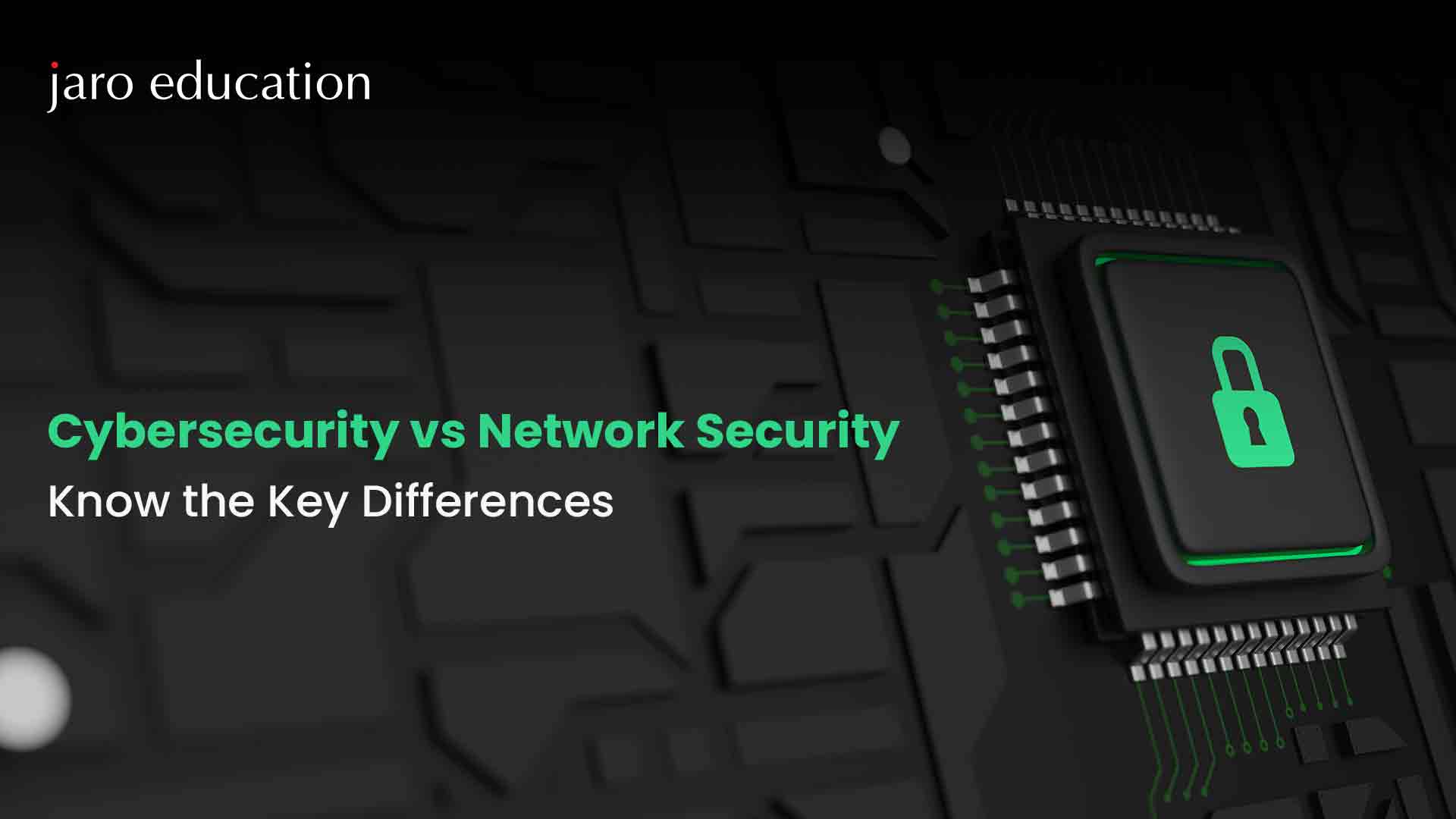Strengthen Your Defenses with Data Cyber Security Solutions for Better Protection
Strengthen Your Defenses with Data Cyber Security Solutions for Better Protection
Blog Article
The Important Duty of Data and Network Protection in Safeguarding Your Info
In an age where data violations and cyber dangers are significantly prevalent, the importance of durable data and network safety can not be overstated. The execution of efficient safety and security actions, such as file encryption and access controls, is critical to keeping count on and functional stability.
Recognizing Data Security
In today's electronic landscape, an overwhelming bulk of organizations come to grips with the complexities of information security. This essential element of infotech involves protecting delicate data from unapproved access, corruption, or burglary throughout its lifecycle. Data protection encompasses numerous techniques and innovations, consisting of encryption, gain access to controls, and data masking, all focused on guarding information against violations and vulnerabilities.
A fundamental facet of data safety is the recognition and classification of data based upon its sensitivity and significance. This category helps companies prioritize their security efforts, alloting sources to protect the most critical info successfully. Furthermore, implementing durable policies and procedures is vital to make certain that staff members understand their function in preserving information protection.
Normal audits and evaluations help in identifying potential weak points within a company's data protection framework. Additionally, employee training is vital, as human error continues to be a significant factor in information violations. By cultivating a society of security recognition, companies can alleviate dangers connected with insider hazards and oversight.
Relevance of Network Safety
Network protection stands as a keystone of a company's general cybersecurity strategy, with about 90% of services experiencing some type of cyber threat recently. The value of network safety and security depends on its capability to safeguard delicate info and maintain the honesty of service operations. By safeguarding network frameworks, organizations can protect against unapproved access, information breaches, and various other malicious tasks that might threaten their possessions and credibility.
Applying robust network security determines not only assists in mitigating dangers yet likewise fosters depend on among stakeholders and clients. When consumers are guaranteed that their economic and personal info is secure, they are a lot more most likely to engage with the company, leading to improved consumer loyalty and organization growth.
Furthermore, a well-structured network security framework facilitates conformity with numerous regulatory demands. Organizations has to abide by market criteria and lawful mandates concerning information defense, and reliable network protection practices can make certain conformity, thereby preventing prospective fines.

Usual Cyber Dangers
Organizations should continue to be cautious against a selection of cyber dangers that can undermine their network safety and security initiatives. Among one of the most typical hazards is malware, which includes infections, worms, and ransomware that can interrupt procedures, take information, or hold information hostage. Phishing strikes, where malicious stars impersonate relied on entities to trick individuals right into revealing delicate details, continue to grow in class, making user education and learning essential.
An additional prevalent danger is distributed denial-of-service (DDoS) assaults, which overload systems with website traffic, rendering them not available to reputable users. Expert threats, whether deliberate or unintended, pose considerable dangers as staff members may unintentionally reveal sensitive data or purposefully exploit their gain access to for destructive objectives.
Additionally, susceptabilities in software program and hardware can be made use of by cybercriminals, highlighting the relevance of regular updates and spot management. Social engineering strategies better complicate the landscape, as enemies adjust people into divulging private details via emotional manipulation.
As these risks develop, companies have to maintain a proactive method to determine, alleviate, and react properly to the ever-changing cyber hazard landscape, safeguarding their useful details and keeping count on with stakeholders. fft pipeline protection.
Best Practices for Defense
Carrying out robust safety and security measures is crucial for protecting delicate details and preserving operational integrity. Organizations should start by performing detailed danger assessments to determine susceptabilities within their systems. This aggressive technique allows the prioritization of safety and security initiatives customized to the certain needs of the company.
Taking on strong password policies is description crucial; passwords need to be complex, frequently changed, and took care of utilizing secure password administration tools. Multi-factor verification (MFA) adds an added layer of safety by needing additional verification approaches, therefore lowering the danger of unapproved gain access to.
Regular software application updates and patch administration are essential to protect versus known susceptabilities. Implementing firewall programs and intrusion discovery systems can further protect networks from exterior dangers. Staff member training is similarly vital; staff must be educated on acknowledging phishing efforts and understanding the significance of information security procedures.
Data file encryption need to be employed for sensitive information, both at rest and en route, to make sure that also if information is obstructed, it continues to be hard to reach (fft pipeline protection). Lastly, organizations must develop and frequently test occurrence action prepares to make sure quick action in case of a protection violation. By sticking to these ideal techniques, companies can boost their safety and security position and protect their crucial data assets
Future Trends in Protection
The landscape of information and network protection is continually evolving, driven by advancements in technology and the raising refinement of cyber threats. As companies significantly embrace cloud computing and IoT tools, the standard of safety and security will change toward a zero-trust model. This approach stresses that no entity-- exterior or interior-- is inherently relied on, mandating confirmation at every access factor.
In addition, making use of fabricated knowledge and artificial intelligence in safety procedures gets on the rise. These modern technologies allow anticipating analytics, allowing companies to identify susceptabilities and potential dangers prior to they can be exploited. Automation will likely play a crucial role in simplifying safety and security feedbacks, decreasing the moment required to reduce violations.
Additionally, regulative structures will remain to tighten up, necessitating much more rigorous compliance procedures. Organizations has this content to stay abreast of progressing laws to ensure they satisfy safety criteria.

Final Thought
Finally, the importance of information and network protection can not be overstated in the modern electronic landscape. With the prevalence of cyber hazards and the boosting complexity of regulative requirements, companies must take on comprehensive safety actions to secure delicate details. By staying and applying efficient approaches informed regarding arising patterns, organizations can enhance their strength against prospective strikes, guaranteeing information stability and promoting trust fund among stakeholders and customers. Focusing on safety and security continues to be important for functional connection and long-term success.
In an age where data violations and cyber threats are significantly common, the importance of durable data and network security can not be overemphasized. Data safety and security encompasses various approaches and modern technologies, consisting of security, gain access to controls, and data masking, all intended at safeguarding information against breaches and vulnerabilities.
A fundamental aspect of information protection is the recognition and classification of data based on its level of sensitivity and significance.The landscape of data and network safety is constantly developing, driven by advancements in technology and the click here now enhancing sophistication of cyber risks.In conclusion, the significance of information and network protection can not be overemphasized in the modern digital landscape.
Report this page